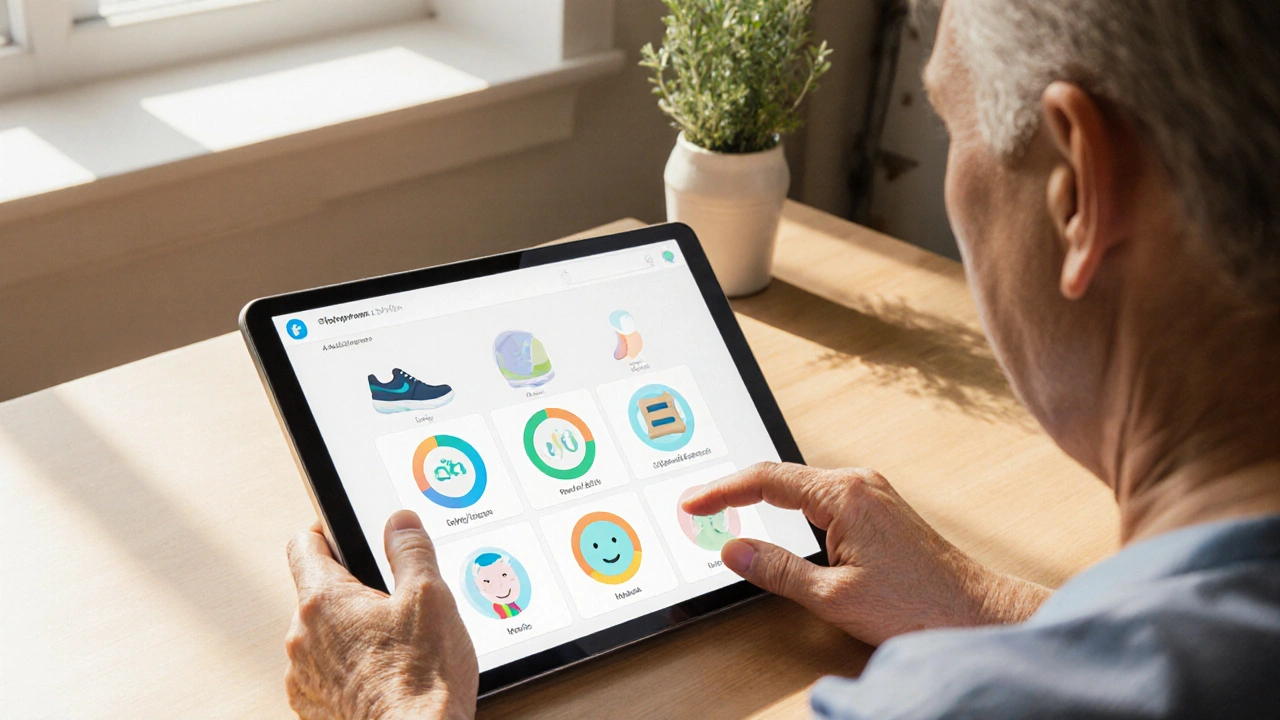Pain Management: Practical Ways to Reduce Pain Now
Feeling stuck with pain that won’t quit? Whether it’s a migraine that ruins your day, nerve pain that burns or tingles, or the constant ache after a long shift, you don’t have to accept poor relief. This page pulls together useful, realistic options—what works fast, what helps long term, and how to stay safe while trying different approaches.
Quick drug options and what they do
Start with the basics: acetaminophen and NSAIDs (ibuprofen, naproxen) handle many everyday aches and inflammation. For migraine attacks, triptans like sumatriptan (Imitrex) can stop pain for many people; if they don’t work or aren’t an option, newer alternatives and preventive treatments may help.
For nerve pain, anticonvulsants such as gabapentin (Neurontin) and pregabalin often reduce burning or shooting sensations. Antidepressants—tricyclics (amitriptyline) or SNRIs (duloxetine)—also treat chronic nerve and musculoskeletal pain at lower doses than used for depression. Topical options (lidocaine, capsaicin) give local relief with fewer systemic side effects.
Use caution with opioids: they can relieve severe short-term pain but carry dependence and side-effect risks. Always discuss goals and a time-limited plan with your clinician if opioids are suggested.
Non-drug strategies that actually help
Medication is only part of the picture. Physical therapy and graded exercise reduce pain and improve function for back, joint, and many chronic conditions. Cognitive behavioral therapy (CBT) helps change how pain affects mood and behavior; people report better sleep and less disability after a few months of therapy.
Small daily steps matter: better sleep, steady activity (not all or nothing), and tracking triggers can cut flare-ups. For migraine, keep a simple diary: note food, sleep, stress, and weather patterns. That often points to a trigger you can avoid.
Interventions like steroid injections, nerve blocks, or procedures can be helpful for focal problems—talk with a pain specialist when conservative options fail. For persistent migraine, preventive treatments (botox, CGRP inhibitors) now offer options beyond pills.
Safety tips you can use today: always tell your provider about other meds, alcohol use, and supplements; some combos increase side effects (for example, alcohol and certain antidepressants can worsen drowsiness or heart effects). If you buy meds online, choose pharmacies with clear contact info, licensed credentials, and real reviews—avoid sites that sell controlled drugs without a prescription.
Set a simple goal with your clinician—reduce pain enough to sleep and work, not zero pain—and track progress weekly. If a treatment isn’t helping after a defined trial (usually 4–12 weeks depending on the therapy), ask for a change. Small adjustments over time often lead to big gains in comfort and function.
Want deeper reading? Check our pieces on migraines (Imitrex and sumatriptan alternatives), gabapentin (Neurontin), and safe online pharmacy tips to learn more about specific drugs and how to use them safely.

